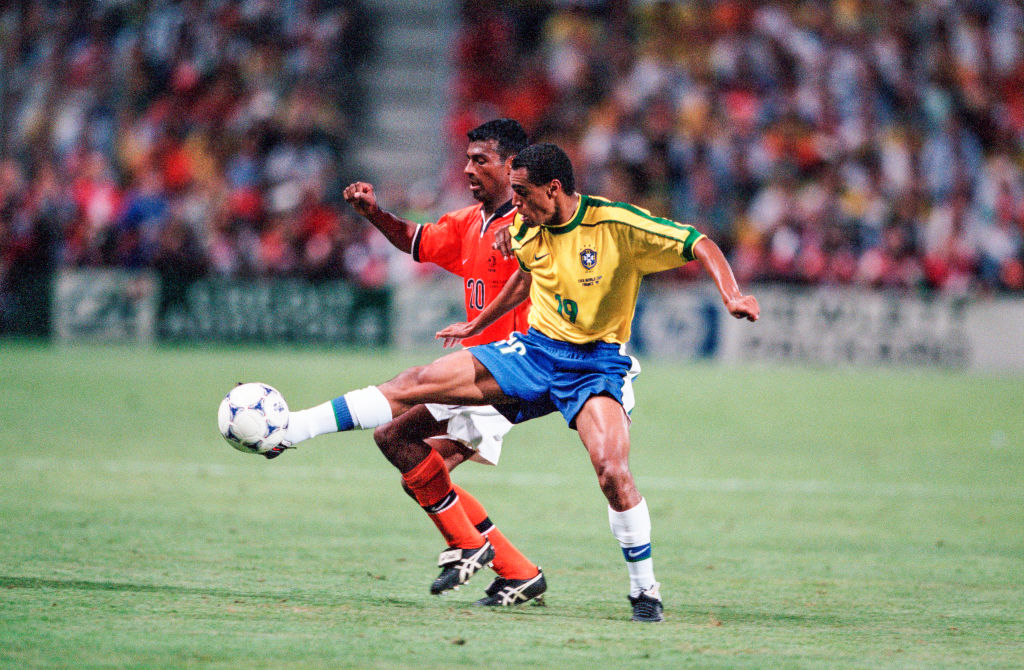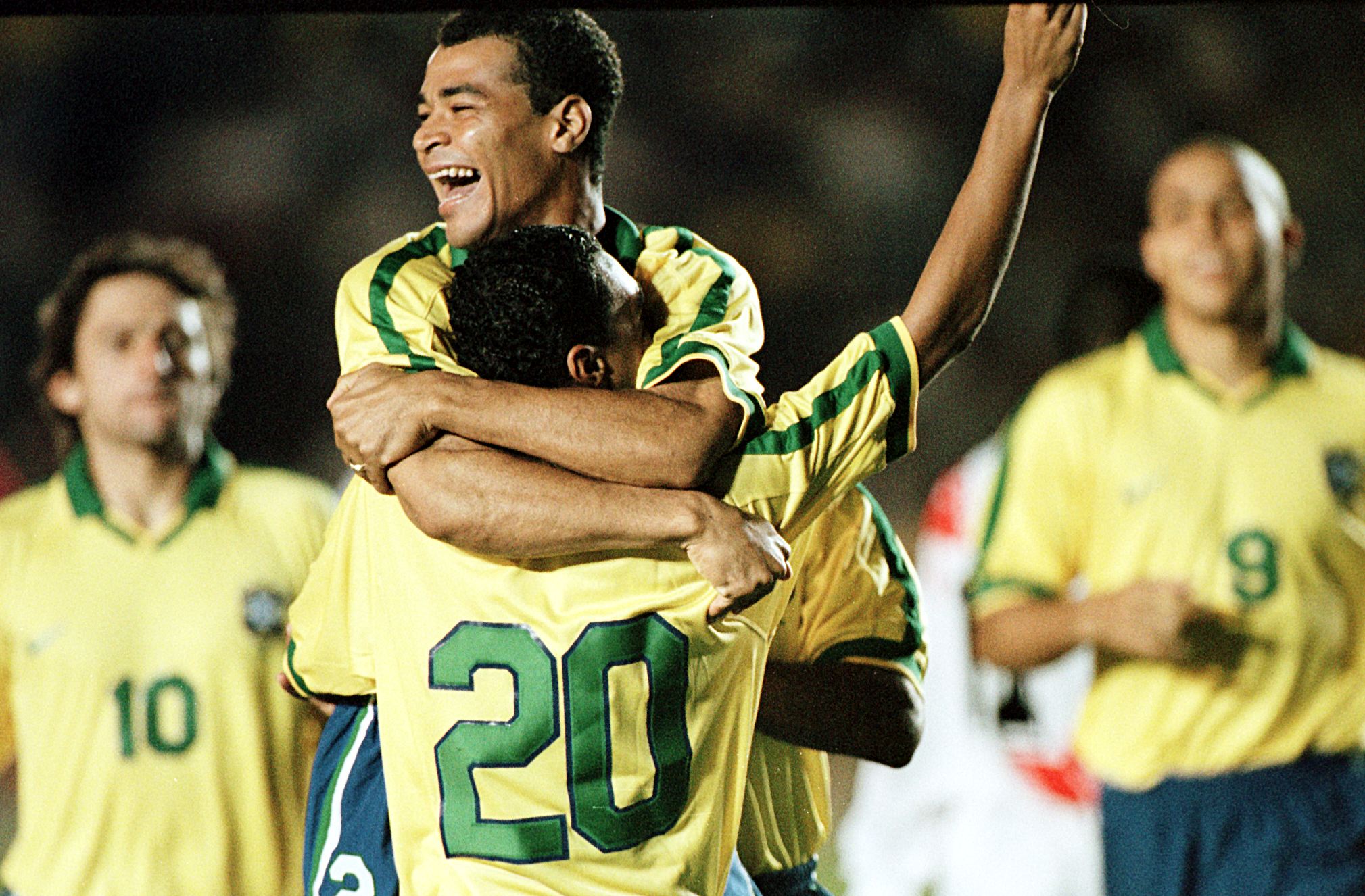When the gifted Brazilian winger Denilson finalized his highly publicized £21.5million transfer from Sao Paulo to Real Betis just before reaching his 21st year in 1998, he was widely envisioned as the Selecao’s emerging prominent player.
Although Denilson would later accumulate 61 appearances for Brazil and participate in over 500 matches across his career, he didn’t fully realize his anticipated capabilities, leading FourFourTwo to position him at the summit of a 2015 compilation of underwhelming club record acquisitions.
Nevertheless, a 17-year stretch as a professional, encompassing participation in six significant competitions, represents a notable accomplishment for a player whose foundational skills were honed in street settings, as he expressed to FourFourTwo.
Denilson Reflects on His Path from Street Football to Representing the Selecao

“What captivated my attention during my childhood were the informal street games of football, especially the frequent two-on-two encounters, where the boundaries of the goals were indicated simply by a pair of sandals,” Denilson shared with us.
“Being naturally inclined to use my left foot, I was constantly requesting to use another player’s left shoe. The financial situation of my parents didn’t allow for consistently purchasing new footwear for me, especially since I was always playing, causing my shoes to deteriorate quickly. There were times when I had to play with my right foot exposed and someone else’s shoe on my left.

“Apart from the informal games on the streets, my formative years included playing in the varzea, referring to the unrefined, uneven pitches of Sao Paulo’s amateur league. It was in this setting that I absorbed two vital lessons. The first revolved around conquering any feelings of trepidation.
“The varzea environment played a significant role in making me more resilient. I was frequently matched against older and physically stronger players, which initially caused some apprehension. However, as time progressed, I developed increased courage.
“My innate talent lay in my ability to dribble, and the more efforts made to deter me, the more determined I became to outmaneuver my opponents with the ball. I faced instances of being kicked, pushed against walls and fences, and consistently being fouled, but I persevered.
“In that challenging setting, I developed a robust exterior, which meant that when I finally participated in a high-stakes professional derby, I had already encountered similar pressures numerous times. By the young age of 10, I had already gained the understanding to remain composed under pressure.”

“The second benefit I gained from the environment of the varzea was enhanced management of the ball. Because of the uneven and unpredictable state of the playing surfaces, it was necessary to possess heightened coordination and very fast responses to effectively maintain movement of the ball.
“Given the unreliability of the ground, constant improvisation was a necessity. The state of disarray significantly contributed to refining my technical skills.”














